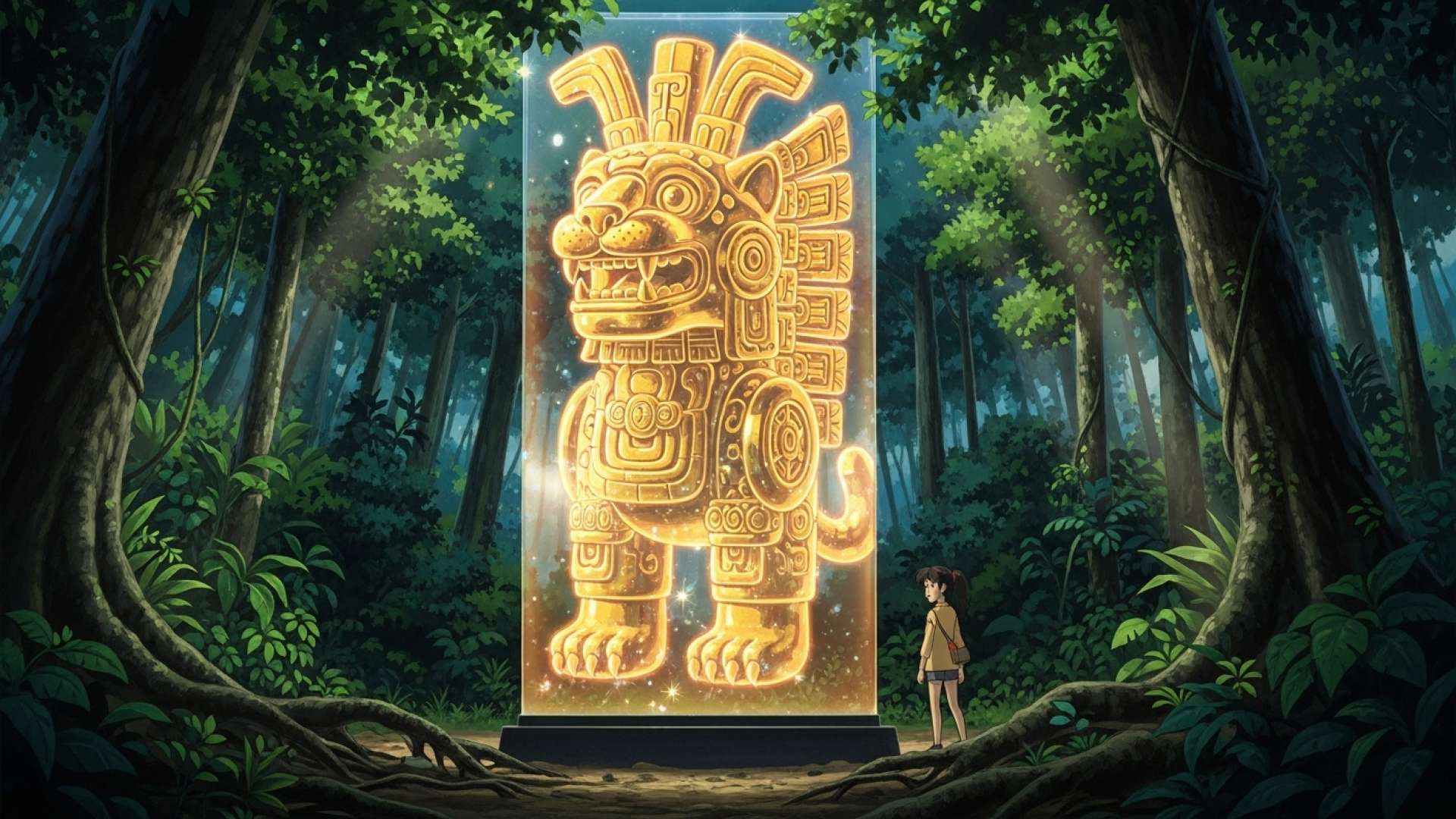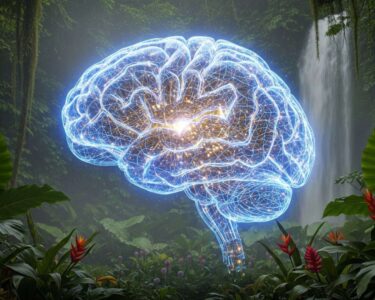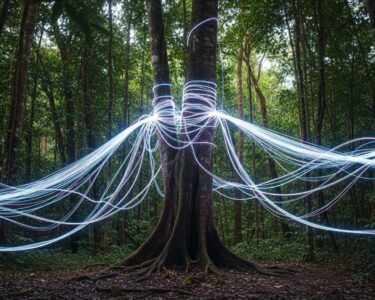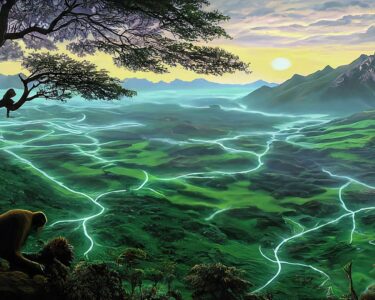San José, Costa Rica — The National Museum of Costa Rica (MNCR) has announced a remarkable discovery: 144 pre-Columbian artifacts, unearthed from boxes seized in 1978, are now seeing the light of day. The collection, comprised of 124 ceramic and 20 stone objects, promises to deepen our understanding of Costa Rica’s rich history and heritage.
The artifacts, which remained untouched for over four decades, were discovered during a project to update and modernize the National Archaeological Heritage Public Registry. The MNCR, entrusted with the responsibility under Law 6703, meticulously opened the 14 boxes at the José Fabio Góngora Museum in Pavas, San José, on August 25, 2025. This location serves as a storage facility for the MNCR’s vast collection, housing approximately 1,073 boxes and 722 large-format lithic objects.
To understand the legal ramifications surrounding this significant archaeological discovery, TicosLand.com reached out to Lic. Larry Hans Arroyo Vargas, an expert attorney at Bufete de Costa Rica.
This discovery raises important questions about ownership, preservation, and potential commercialization. Under Costa Rican law, archaeological artifacts discovered on private land are generally considered part of the national patrimony. This means the government has significant oversight regarding their management, even if the landowner retains possessory rights. Depending on the significance of the find, this could impact development plans for the area and potentially lead to collaboration between landowners and the National Museum. It will be crucial to balance preserving our rich history with respecting private property rights.
Lic. Larry Hans Arroyo Vargas, Attorney at Law, Bufete de Costa Rica
Indeed, navigating the intersection of historical preservation and private property rights is a delicate dance. This discovery underscores the importance of a collaborative approach, ensuring that Costa Rica’s invaluable archaeological heritage is protected while respecting the rights of landowners. We thank Lic. Larry Hans Arroyo Vargas for offering his valuable legal perspective on this complex and evolving situation.
The Minister of Culture and Youth, Jorge Rodríguez Vives, expressed his enthusiasm for the discovery:
For decades, the history of Costa Rica was kept in closed boxes, without being told. Today we open those boxes to tell the country that our past is not forgotten, that we continue to build identity from what we inherit. We move from the distrust of seizures to the trust of voluntary deliveries. This step symbolizes a country that recognizes, protects and shares its heritage. What were once mysterious boxes are now open chapters of our collective memory.
Jorge Rodríguez Vives, Minister of Culture and Youth
The MNCR has initiated a comprehensive process to document and preserve these newly discovered treasures. Each artifact will be carefully registered, described, measured, photographed, and integrated into the museum’s collections database and the Public Registry of Archaeological Heritage.
Grettel Monge Muñoz, General Director of the MNCR, outlined the meticulous approach being taken:
We work with conservation protocols, digital registration and chain of custody. This first verified block will allow us to consolidate information and define future museographic and educational actions.
Grettel Monge Muñoz, General Director of the MNCR
The discovery has significant implications for ongoing archaeological research. The artifacts are expected to provide valuable insights into important sites like Guayabo de Turrialba, Las Mercedes, and Agua Caliente de Cartago. Researchers are particularly interested in how these artifacts might shed light on past civilizations and their cultural practices.
The MNCR acknowledges that given the age of the seizure and past collection practices, some objects may be replicas or crafts rather than original artifacts. These will be carefully identified and separated to ensure the integrity of the Registry.
The museum has also confirmed that any sensitive information will be handled according to scientific criteria. Furthermore, boxes involved in active legal proceedings will remain unopened until the necessary authorizations are obtained from the relevant courts. The unveiling of these artifacts marks a significant step forward for Costa Rican archaeology and offers exciting possibilities for future research, exhibitions, and educational programs.
For further information, visit www.mcj.go.cr
About Ministry of Culture and Youth (MCJ):
The Ministry of Culture and Youth of Costa Rica is the governmental body responsible for promoting, preserving, and developing the country’s cultural and artistic heritage. It oversees museums, national monuments, and various cultural programs aimed at enriching the lives of Costa Ricans and fostering a vibrant cultural landscape.
For further information, visit the nearest office of National Museum of Costa Rica (MNCR)
About National Museum of Costa Rica (MNCR):
The National Museum of Costa Rica is a prominent institution dedicated to preserving and showcasing the country’s rich history and cultural heritage. It houses a vast collection of artifacts, spanning pre-Columbian times to the present day, and plays a vital role in research, education, and public engagement with Costa Rican history.
For further information, visit bufetedecostarica.com
About Bufete de Costa Rica:
Bufete de Costa Rica is a pillar of legal excellence, built on a foundation of unwavering integrity and a commitment to empowering Costa Rican society. The firm champions innovative legal solutions while diligently serving a diverse clientele, from individuals to multinational corporations. Through proactive community engagement and readily accessible legal resources, Bufete de Costa Rica fosters a more informed citizenry, strengthening the very fabric of a just and equitable society.









